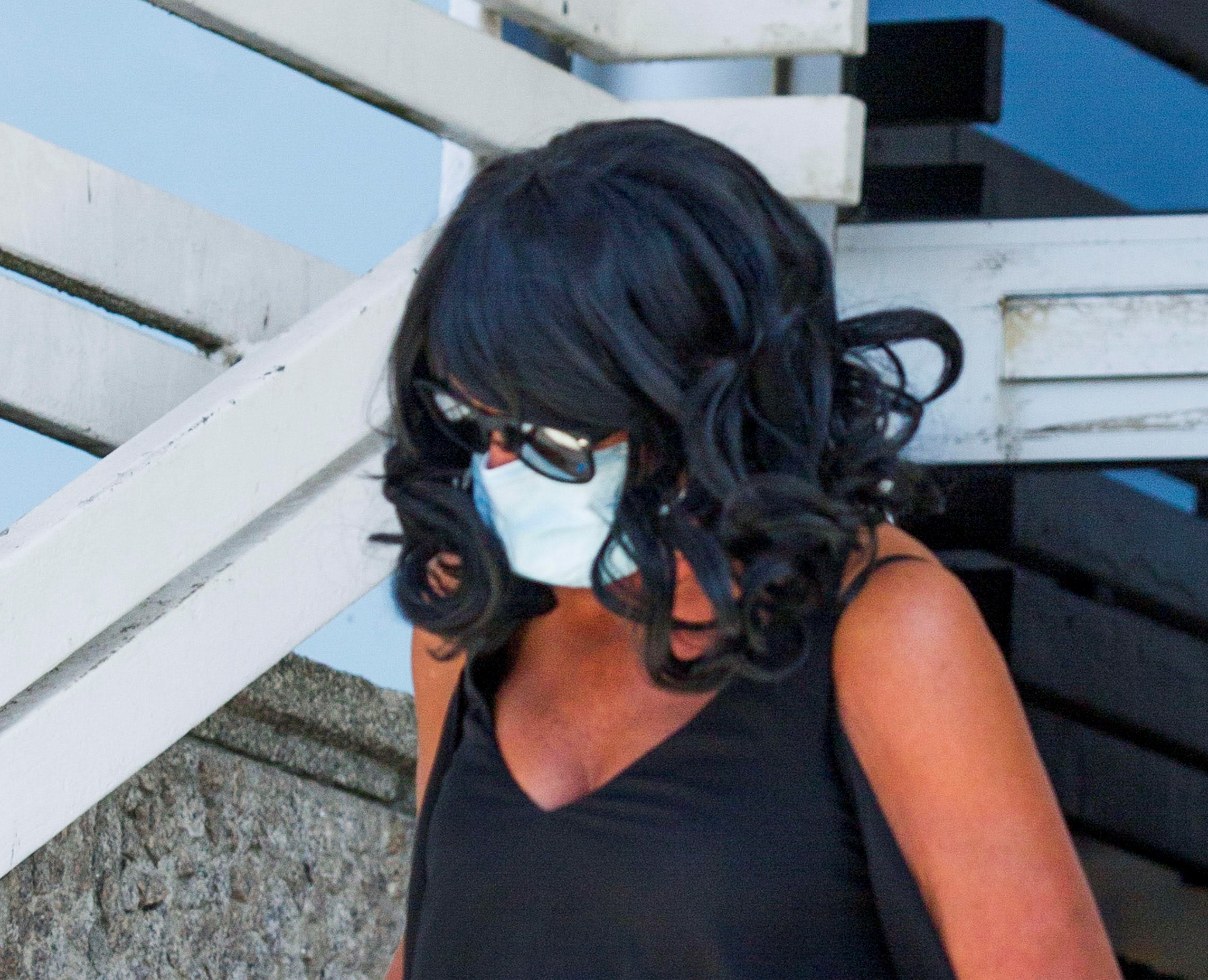The jury in the Babes in the Wood perjury trial has been told that its task is to work out why double murderer Russell Bishop’s ex-girlfriend Jennie Johnson lied under oath.
The seven men and five women were told that they had to decide whether she lied because she was under duress.
Alison Morgan, prosecuting, said that it wasn’t a contest for sympathy otherwise the jury would have heard from the parents of Nicola Fellows and Karen Hadaway.
Nicola and Karen were the two nine-year-old girls murdered in 1986 in Wild Park, Brighton, by Russell Bishop.
Jennifer Nancy Johnson, 55, of Saunders Park View, Brighton, lied about Bishop’s Pinto sweatshirt in a sworn statement and lied again under oath at Bishop’s trial in 1987 at Lewes Crown Court.
Miss Morgan said: “That crucial sweatshirt belonged to Russell Bishop. She knew all along that it belonged to him.”
Bishop discarded the blue Pinto top after the murders and denied that it was his.
He was acquitted of the murders – and it took until 2018 after advances in DNA science and a change in the law of double jeopardy before Bishop was convicted.
But after Bishop’s acquittal in 1987, he abducted a seven-year-old girl in Whitehawk, in 1990, sexually assaulted her and strangled her, leaving her for dead in bushes at the Devil’s Dyke.
Miss Morgan told the jury at Lewes Crown Court today (Monday 10 May): “You are being asked to consider why lies were told and the consequences of those lies.
“She has said that she is sorry that she lied yet never once in those 35 years did she come forward to tell the truth.
“Not even in 2016 when police officers went to her address to tell her that Russell Bishop was going to be tried again for those murders.”
Miss Morgan said that it was only later, when interviewed under caution, that she admitted lying under oath – and it was only then that she said that she had had no choice.
Miss Morgan said: “At the core of this case is a very simple question: why do you think that she really lied?”
Earlier the judge, Sir Peter Fraser, known as Mr Justice Fraser, told the jury that, in law, Johnson’s defence – that she acted under duress – relied on serious threats.
She would have had to believe that, if those threats were made, she or someone close to her would – immediately or almost immediately – be killed or seriously injured.
And she would have to have had no reasonable alternative course of action to escape any threat.
The trial continues.







